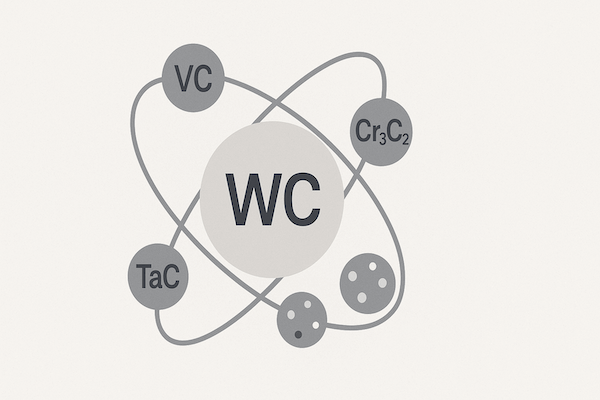
Tungsten carbide tools are renowned for their exceptional hardness, wear resistance, and ability to withstand extreme working conditions. But behind this impressive performance lies more than just WC and cobalt—it’s also the result of carefully selected alloying elements. These trace additions may be small in quantity, but they have a big impact on tool behavior, durability, and microstructure control.
This article explores what alloying elements are, why they are added, and how they affect the performance of cemented carbide tools.
What Are Alloying Elements?
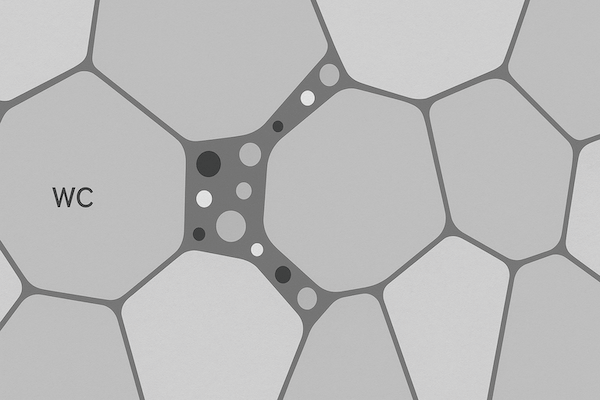
In materials science, alloying elements are elements that are intentionally added in small quantities to a base metal or composite to modify its properties. In the case of tungsten carbide, which is typically composed of WC grains bonded with a metal binder (usually cobalt or nickel), alloying elements are added to the binder or WC phase to enhance specific characteristics.
Common alloying elements in WC-based tools include:
Vanadium (V)
Chromium (Cr)
Tantalum (Ta)
Titanium (Ti)
Niobium (Nb)
Molybdenum (Mo)
These elements are typically introduced in the form of carbides—such as VC, Cr₃C₂, TaC, TiC, or NbC.
Why Are Alloying Elements Used in Cemented Carbides?
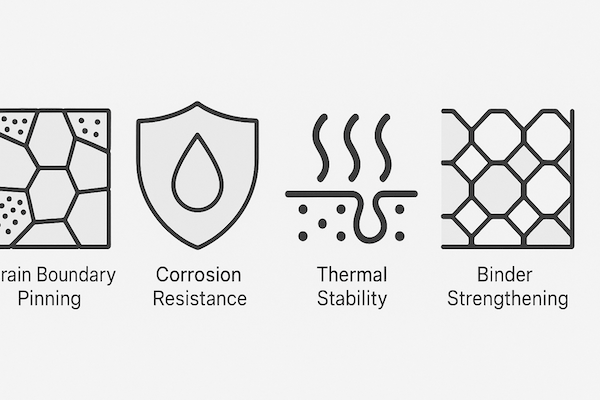
Alloying elements are not added randomly—they serve specific functions, including:
🔹 Grain Growth Inhibition
During sintering, WC grains tend to grow. Vanadium carbide (VC) and chromium carbide (Cr₃C₂) are used to pin grain boundaries, preventing excessive growth and maintaining fine grain structure, which improves hardness and wear resistance.
🔹 Improved Corrosion Resistance
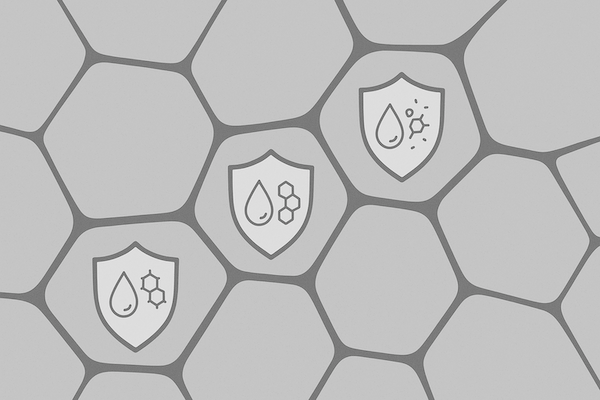
Chromium (Cr) and molybdenum (Mo) enhance the binder’s ability to resist chemical attack, especially important in harsh chemical or moisture-rich environments.
🔹 Increased High-Temperature Stability
Alloying elements like tantalum (Ta) and titanium (Ti) raise the tool’s hot hardness, allowing it to maintain strength and structure under high cutting temperatures.
🔹 Strengthening the Binder Phase
Certain elements can strengthen the Co or Ni binder, increasing overall toughness and making the tool less prone to cracking or chipping.
Microstructural Effects of Alloying Elements
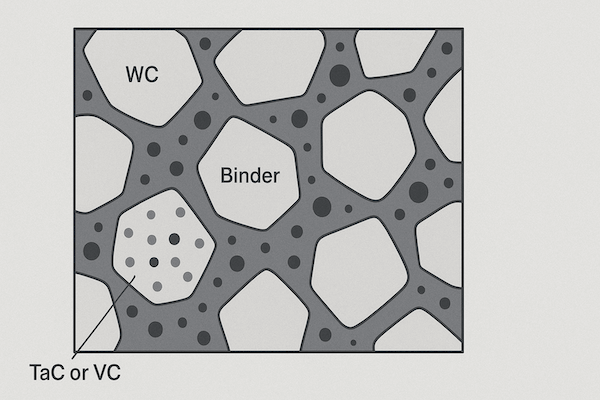
Alloying elements influence the carbide phase, the binder phase, and the WC/binder interface. Their distribution can lead to:
Formation of complex carbides that enhance edge stability
Control over the mean free path between WC grains
Uniform microstructures with minimal defects
Proper control of alloying additions results in optimized toughness–hardness balance, longer tool life, and greater application-specific customization.
Too Much of a Good Thing?
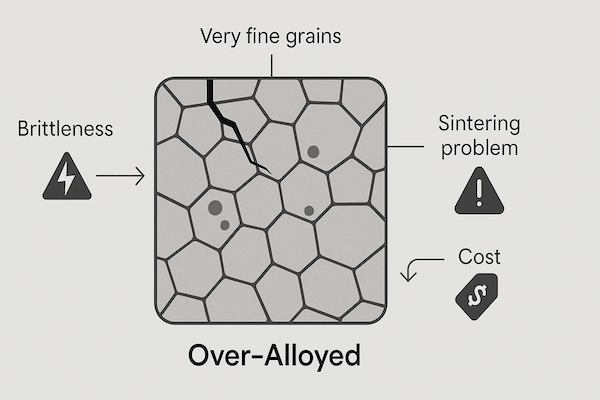
While alloying elements are beneficial, excessive amounts can lead to:
Reduced toughness (from overly fine grains)
Increased brittleness
Hard-to-sinter powders
Cost increases
That’s why precise formulation and R&D control are essential.
Conclusion
Alloying elements are the silent engineers behind the performance of tungsten carbide tools. From controlling microstructure to enhancing corrosion resistance and thermal stability, they play a pivotal role in tailoring tools for extreme environments and demanding applications.
Whether you’re in mining, machining, aerospace, or oil and gas, understanding how alloying elements work helps you appreciate the engineering science behind every carbide tool.
